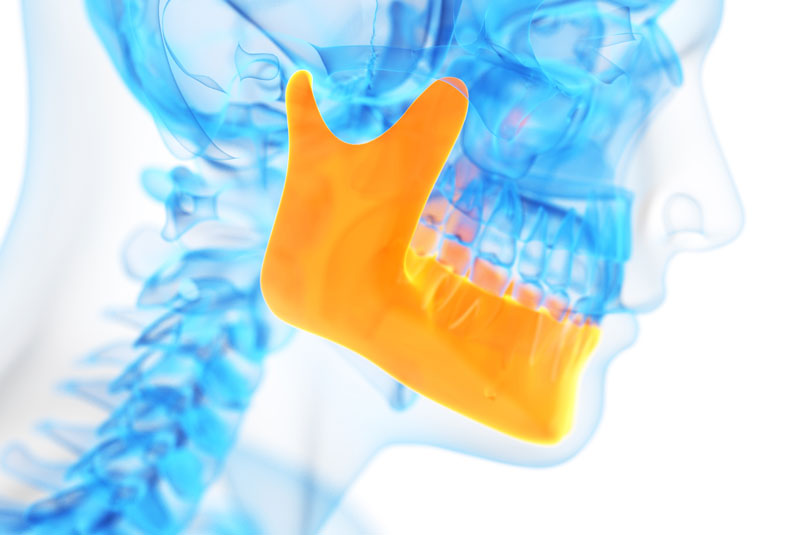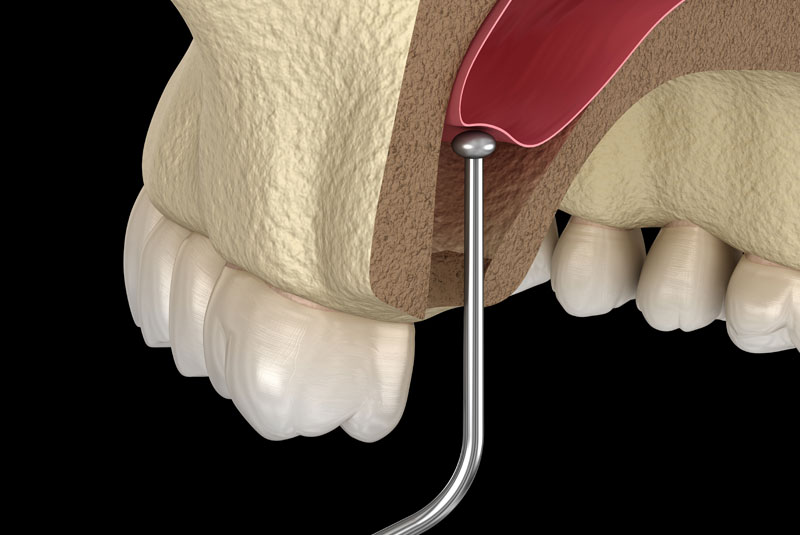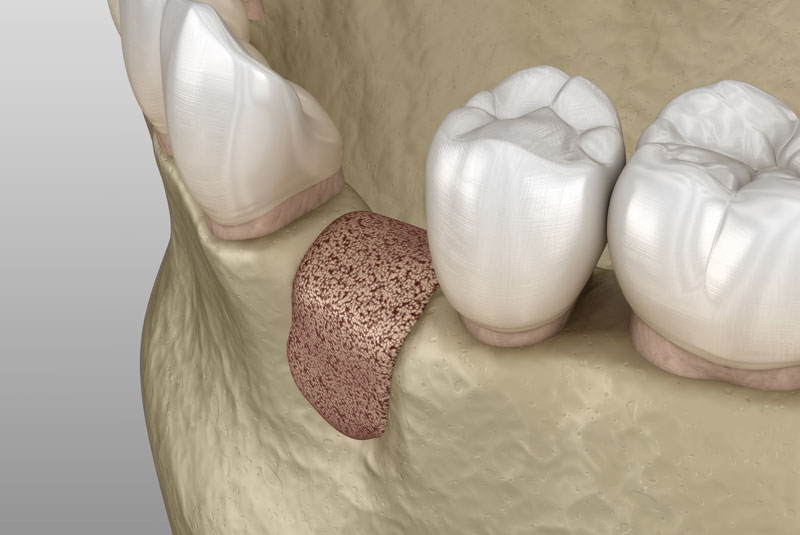
A New Smile Starts with Bone Grafting
If you’ve lost one or more teeth, you may need bone grafting before you can qualify for dental implants. A bone graft is a surgical procedure that involves replacing lost or resorbed natural bone in your jaw with other bone material. We do this in a variety of ways, including ridge augmentation and sinus lift, depending on where your teeth are missing and how extensive your bone loss is. For most of our procedures, we also offer guided tissue regeneration, which can accelerate healing after surgery.
Once your mouth is healed and the bone is fused together, your jaw will be strong enough to support one or more dental implants to restore your smile. With healthy natural bone and dental implants in place, you can once again enjoy the function and beauty that comes from a beautiful smile full of healthy teeth. Our dentists have spent years perfecting bone grafting techniques and offer this procedure in-house as part of your dental implant treatment. We provide sedation services for your bone graft in Framingham, MA so your surgery will be comfortable and pain-free. After just a few months of healing, your jawbone will be ready for new teeth.
Our Bone Grafting Services

Ridge Augmentation
Multiple teeth that are lost in a row will leave a whole ridge of jawbone very thin and weak. A ridge augmentation restores the natural density, height and width, and natural contours of this ridge so that dental implants or an implant supported bridge can be placed. Similarly, after a tooth extraction, ridge augmentation involves placing bone graft material into the empty tooth socket to slow the bone resorption process.

Sinus Lift
Tooth loss in the upper jaw causes natural bone resorption and the sinking of the sinus cavity. The jawbone in this area is too thin and short to safely hold a dental implant. A sinus lift raises the sinus cavity floor so bone graft material can be placed beneath, building up the necessary bone height and density for a dental implant post.

Guided Tissue Regeneration
The gum tissues and bone heal at different rates. After a bone graft surgery, we can place a collagen membrane between these tissues. This ensures the bone and new bone material heal and fuse together without interference from the faster healing soft tissue.

